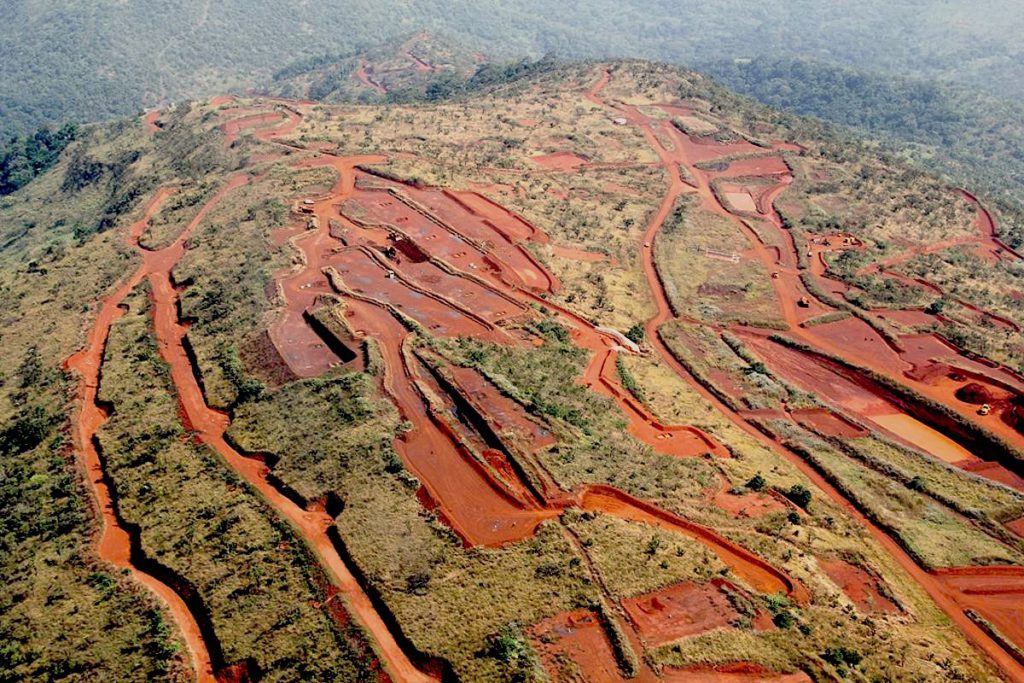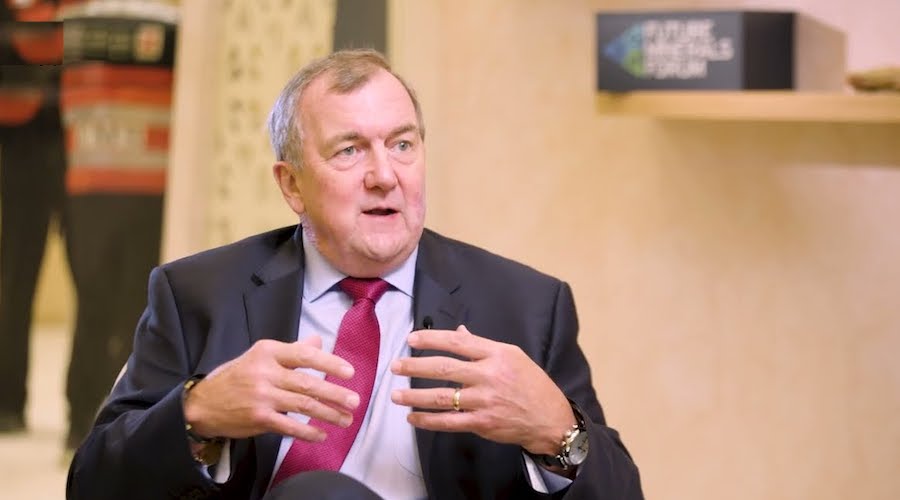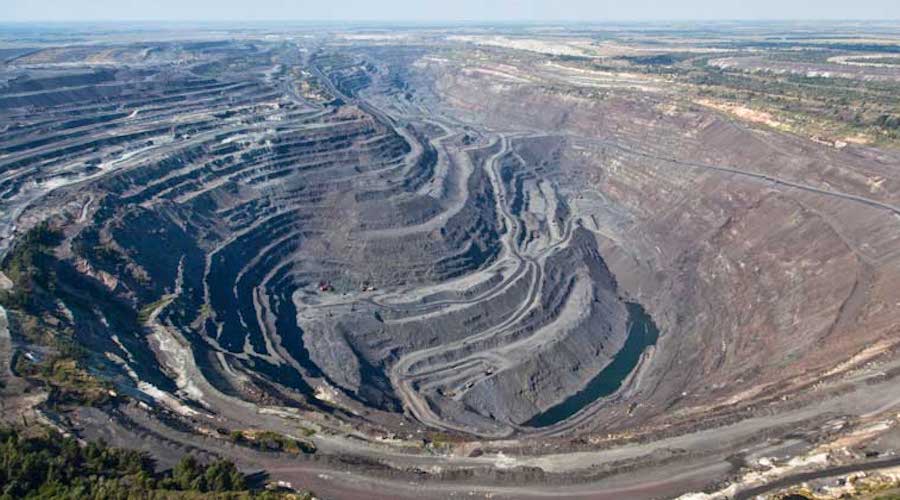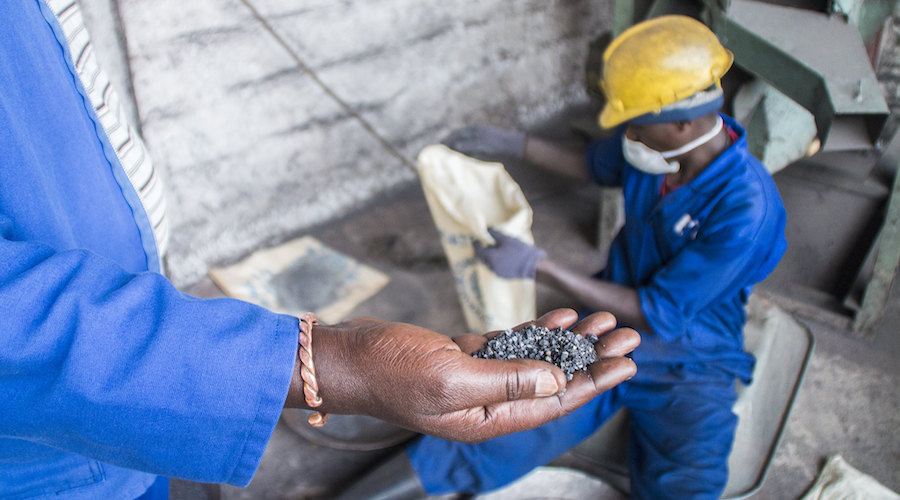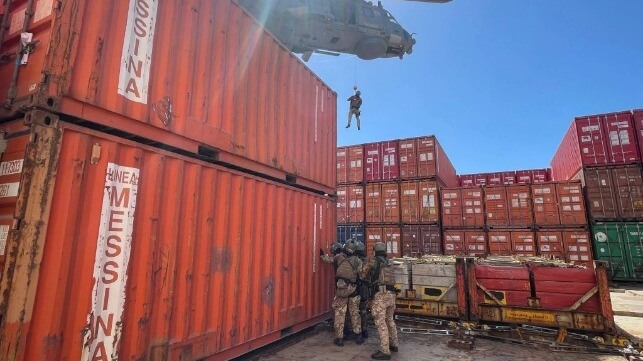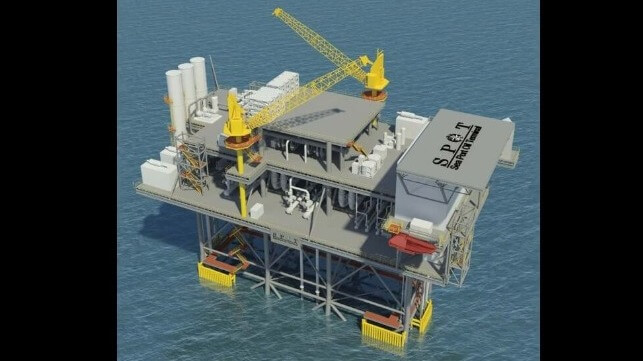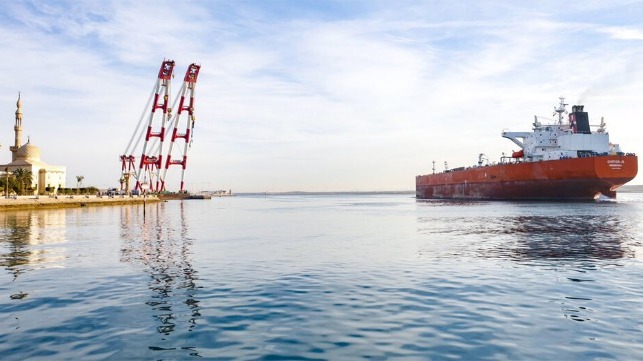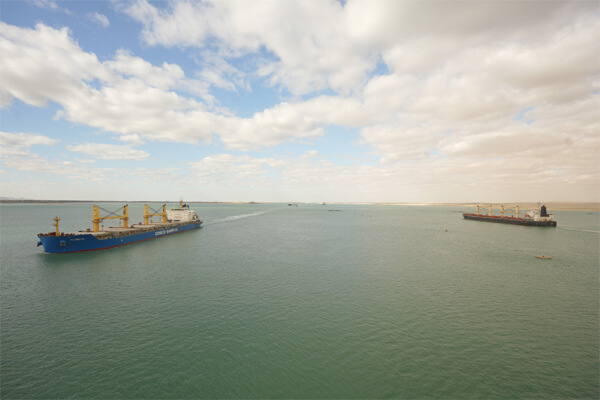FOR IMMEDIATE RELEASE…Vancouver, British Columbia: Wealth Minerals Ltd. (the “Company” or “Wealth”) – (TSXV: WML; OTCQB: WMLLF; SSE: WMLCL; FSE: EJZN) and the Quechua Indigenous Community of Ollagüe (“CIQO”), collectively the “Parties”, have agreed (the “Agreement”) to form a joint venture company (the “JV”) to develop the Kuska Lithium Project (“Kuska”) on the territory of the Ollagüe Salar.
The Agreement considers that CIQO will make their best efforts to promptly work with the Wealth team to establish a Chilean legal entity to serve as the JV, and CIQO will own a 5% free-carried interest in the JV and have the right to one of five director seats on the Board of Directors of the JV. Both Wealth and CIQO believe this structure is the right balance to bring Kuska to production and ensure the highest standards of community participation and transparency. The Parties have also discussed the JV developing new projects in the CIQO general area of interest where there may be synergies with Kuska.
The Kuska Project is located in the Ollagüe Salar, Antofogasta region, northern Chile, and is presently 100% owned by Wealth Minerals and royalty-free. The maiden resource report published by Wealth Minerals Ltd. (see press release January 17, 2023 and Technical Report of January 13, 2023 “Estimated Lithium Resources Ollagüe Project” posted on SEDARPlus) estimates 741,000 tons Lithium Carbonate Equivalent (“LCE”) indicated resources grading 175 mg/L (plus 701,000 tons LCE inferred resources grading 185 mg/L) with an average indicated lithium grade of 175mg/l. On January 4, 2024, Wealth announced the key highlights of a PEA produced by DRA Global Limited. The PEA describes the Kuska Project development towards a 20,000 metric tpa LCE output and an anticipated Life of Mine (“LOM”) of 20 years. The Kuska Project in the PEA estimates a Pre-Tax NPV10% of US$1.65 bn and a 33% IRR. The PEA was filed on SEDARPlus on February 16, 2024.
On September 30, 2024, the Government of Chile announced that the Strategic Council of the Lithium and Salt Flats Committee (“Strategic Council”) had approved a first group of six locations for the development of lithium projects in Chile, which included the Ollagüe Salar. The decision was based on all six locations having favorable conditions for the feasibility of a lithium operation. The decision of the Strategic Council means that Kuska will be prioritized to receive a special lithium operation contract (“CEOL”) by the State of Chile (see press release of September 30, 2024).
Regarding the Agreement, Henk van Alphen, CEO of Wealth Minerals Ltd. commented: “We have been working on the base of this agreement for several years and we are confident that the only way to do mining is by effectively incorporating communities into the business and project activities. We plan to continue advancing the development of Kuska, indeed to now accelerate the pace, so that we can soon build a lithium production operation at Ollagüe.”
For his part, Víctor Nina Huanca, President of the Quechua Indigenous Community of Ollagüe, indicates “The association with Wealth Minerals for the Kuska project will allow the Community to be involved in the development of the project, making decisions and guiding the care and protection of the most vulnerable sectors of our territory, ensuring that everything is done with the highest standards. Respect for our worldview and the environment will be key to carrying out this process. We trust that we will be able to continue moving forward together for the good of Chile, the Antofagasta Region and the Community of Ollagüe. This JV initiative, the first of its kind in Chile, gives the Quechua Community of Ollagüe important leadership in the new development agenda of the indigenous peoples of Chile, in which the community acts empowered, directly managing its territory.”
About Wealth Minerals Ltd.
Wealth is a mineral resource company with interests in Canada and Chile. The Company’s focus is the acquisition and development of lithium projects in South America.
The Company opportunistically advances battery metal projects where it has a peer advantage in project selection and initial evaluation. Lithium market dynamics and a rapidly increasing metal price are the result of profound structural issues with the industry meeting anticipated future demand. Wealth is positioning itself to be a major beneficiary of this future mismatch of supply and demand. In parallel with lithium market dynamics, Wealth believes other battery metals will benefit from similar industry trends.
For further details on the Company readers are referred to the Company’s website (www.wealthminerals.com) and its Canadian regulatory filings on SEDAR at www.sedarplus.ca.
On Behalf of the Board of Directors of
WEALTH MINERALS LTD.
Facebook – https://www.facebook.com/WealthMineralsLtd
Linkedin – https://www.linkedin.com/company/wealth-minerals
Twitter – https://www.twitter.com/WealthMinerals
Neither TSX Venture Exchange nor its Regulation Services Provider (as that term is defined in the policies of the TSX Venture Exchange) accepts responsibility for the adequacy or accuracy of this press release, which has been prepared by management.


